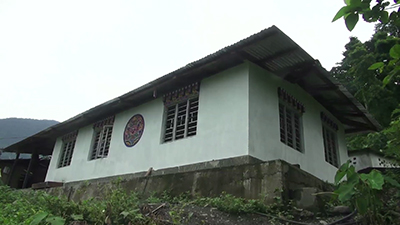 Despite the religious sentiments and social stigma attached to animal slaughter for meat, some villagers in Samdrup Jongkhar Dzongkhag make a living from piggery. It is one of the successful businesses and income-generating source.
Despite the religious sentiments and social stigma attached to animal slaughter for meat, some villagers in Samdrup Jongkhar Dzongkhag make a living from piggery. It is one of the successful businesses and income-generating source.
About 26 metric tonnes of pork were produced last year from 11 gewogs in Samdrup Jongkhar and it has helped in achieving self-sufficiency of pork in respective communities.
Suk Badhuar Tamang from Phuntshothang Gewog started rearing pigs three years ago after finding difficulties to get pork from India for his meat shop.
He runs a semi-commercial piggery for a living. He has spent about Nu 0.4 M to make his pigsty and he is the only one with commercial piggery farm in the district rearing more than 30 pigs. And there are other 20 farmers in the dzongkhag with semi-commercial piggery farm with 5 to 10 pigs.
“I am running a meat shop too and it was difficult for me to import pork from India and during the festival time I was not able to fulfil the demand. So I started rearing pigs. At first, I reared only three piglets, it was profitable and then I started to bring more pigs and today I have 30 pigs,” said Suk Badhur Tamang, from Phuentshotahng Gewog in Samdrup Jongkhar.
 Suk BadhuarTamang is planning to shift in his newly constructed house soon; he says the house is built by the profit from his business for the last three years.
Suk BadhuarTamang is planning to shift in his newly constructed house soon; he says the house is built by the profit from his business for the last three years.
“For three years if I calculate I have earned about more than Nu 1 M. All the profit are finished constructing my new house, It is not very easy to rear pigs, I keep a little bit of profit by feeding pigs. I use to sell pork in my meat shop and we don’t bring any pork from India,” he added.
Suk Badhur Tamang says there is a social stigma attached with rearing pigs. But if he doesn’t do this business, it would be difficult for him to make a living in today’s world.
For one kilogram of pork, he charges Nu 260.
KinleyWangchuk






